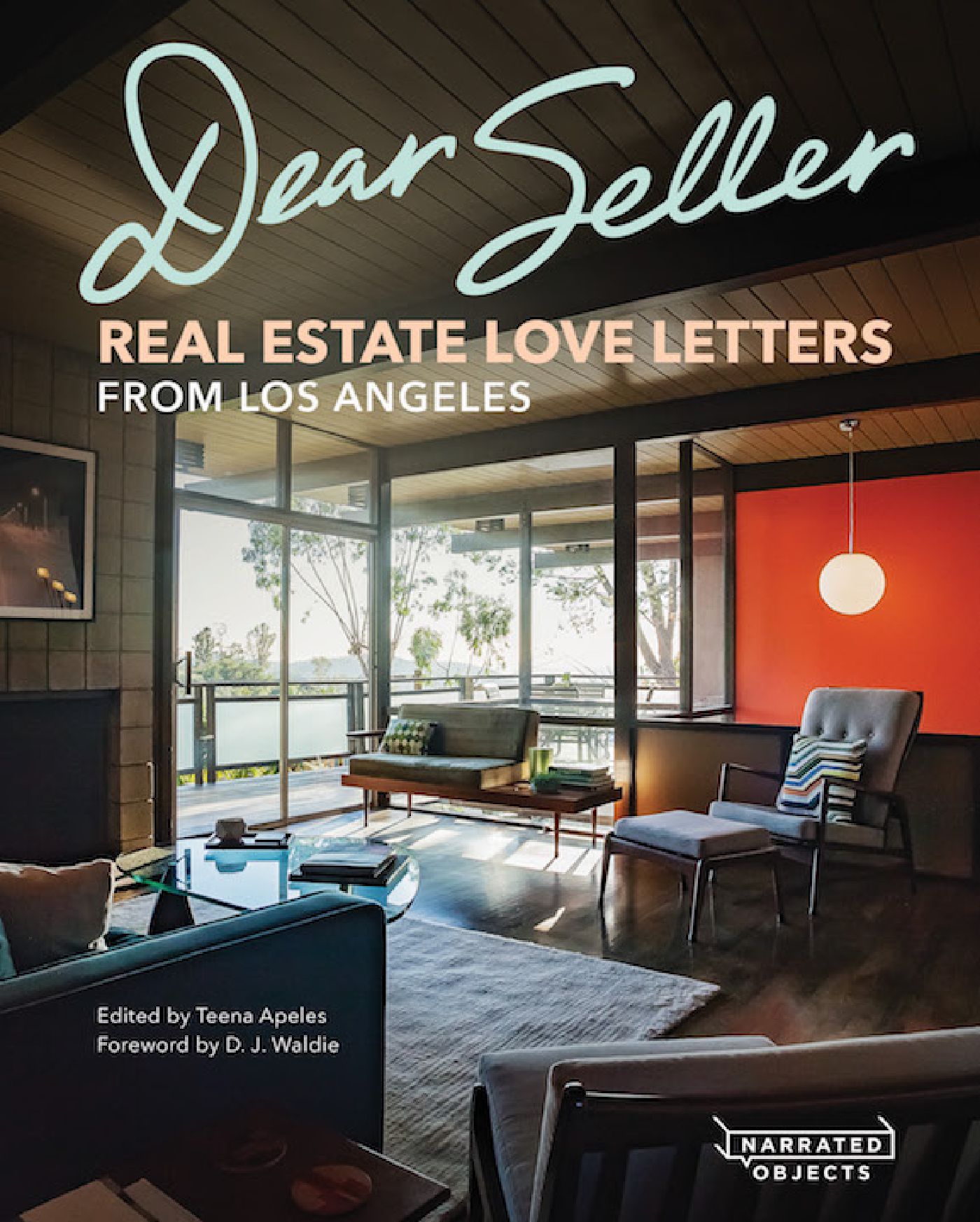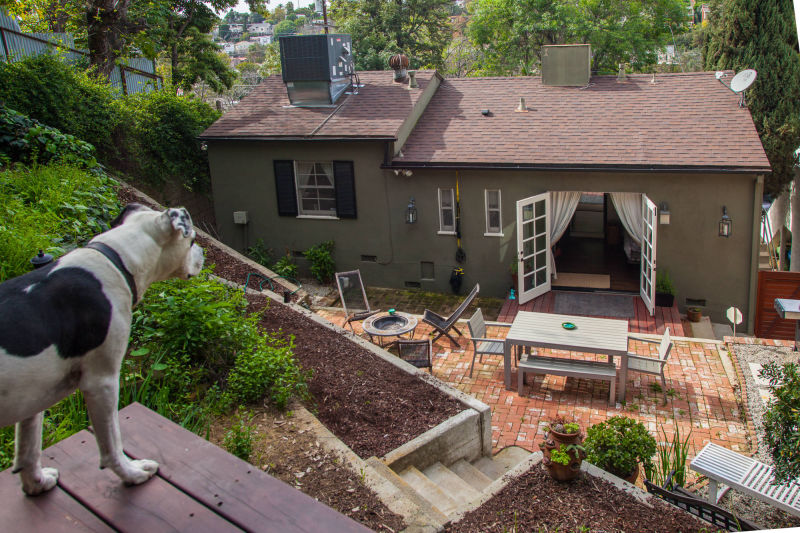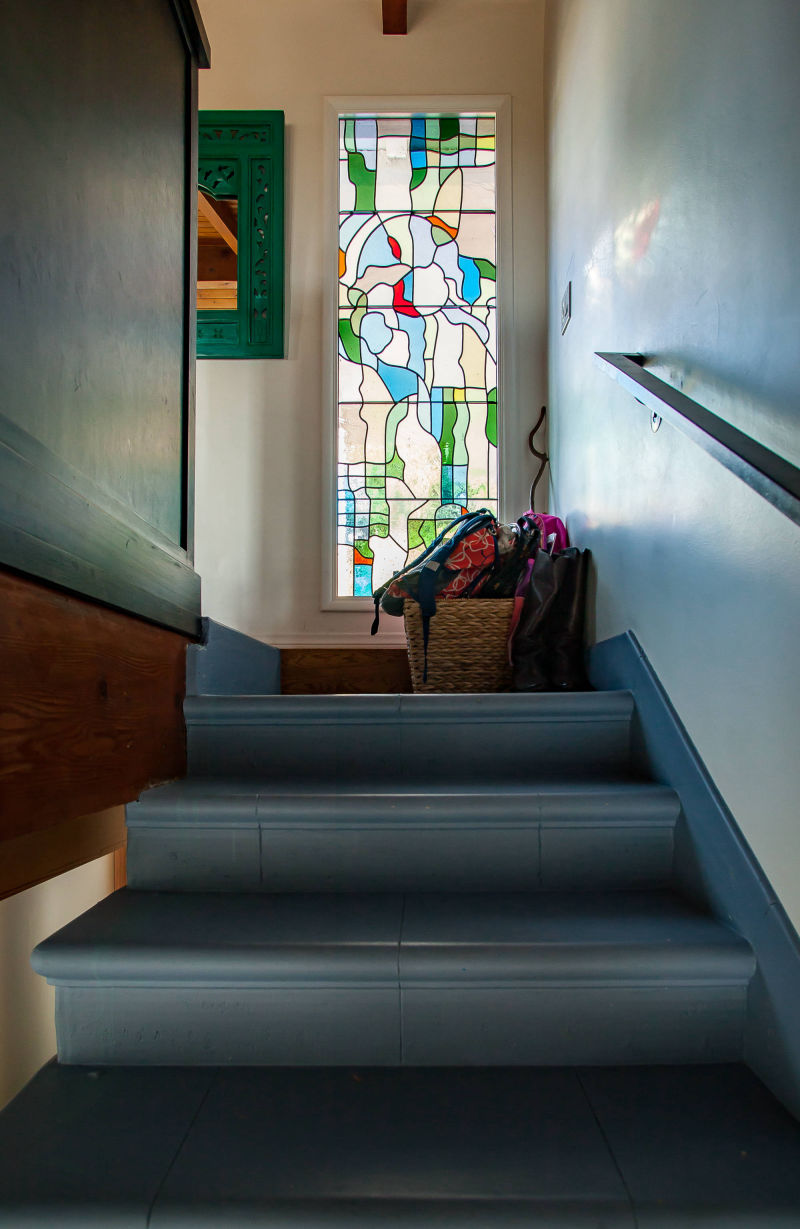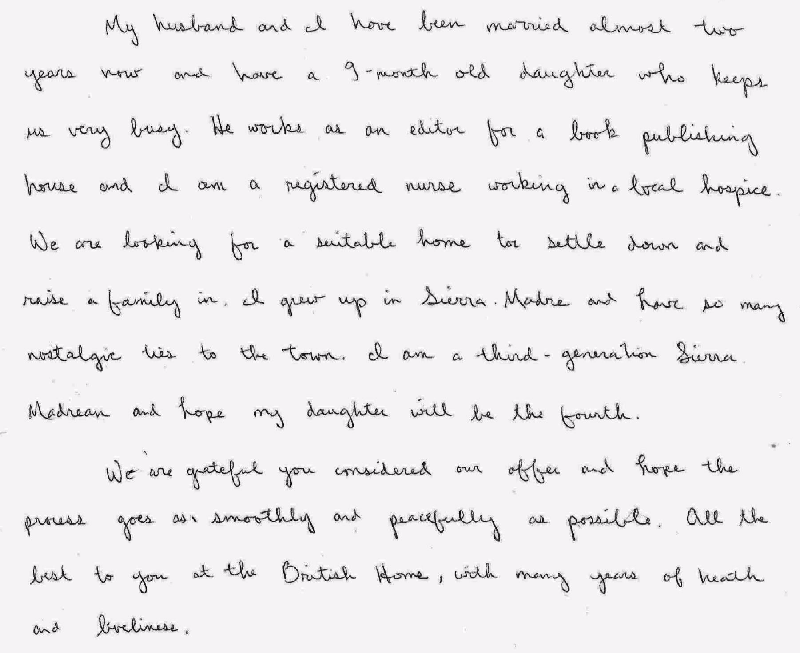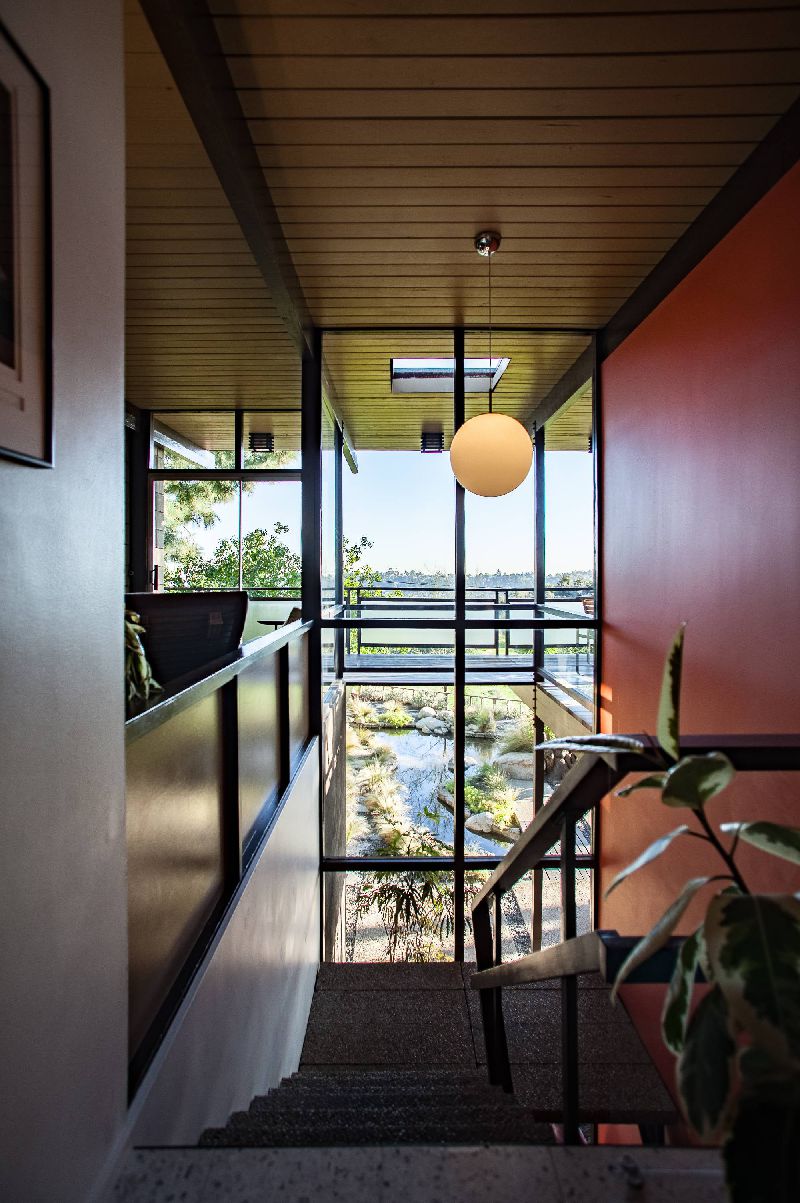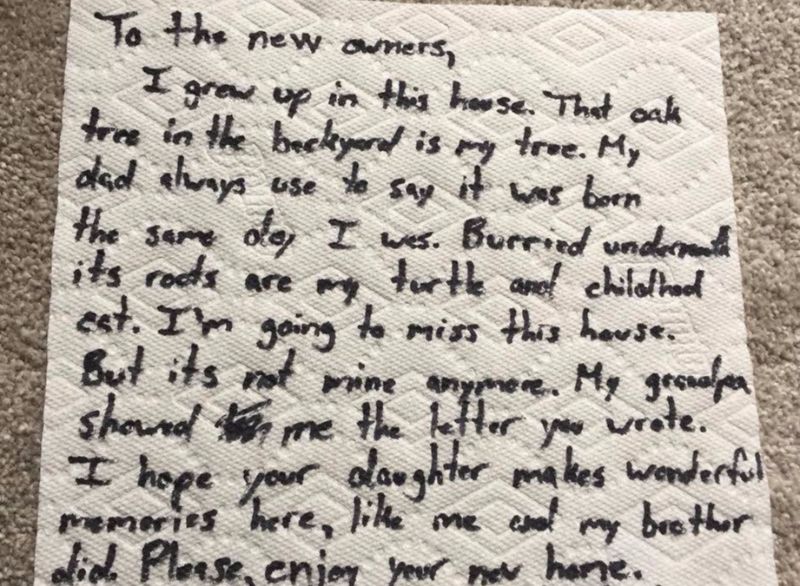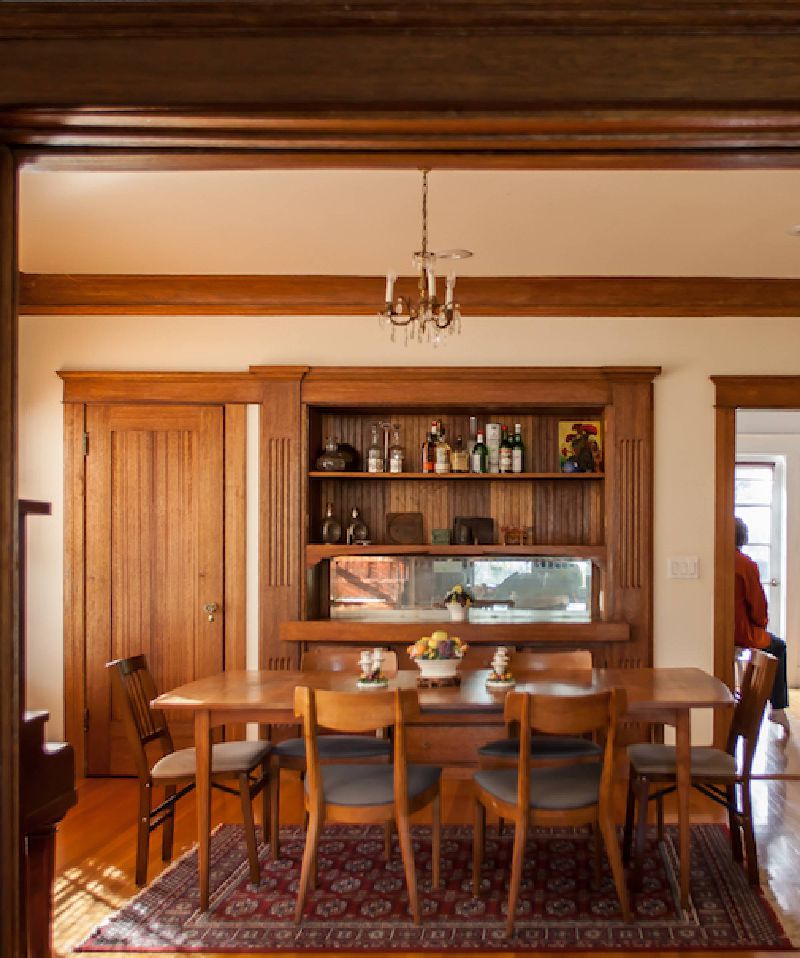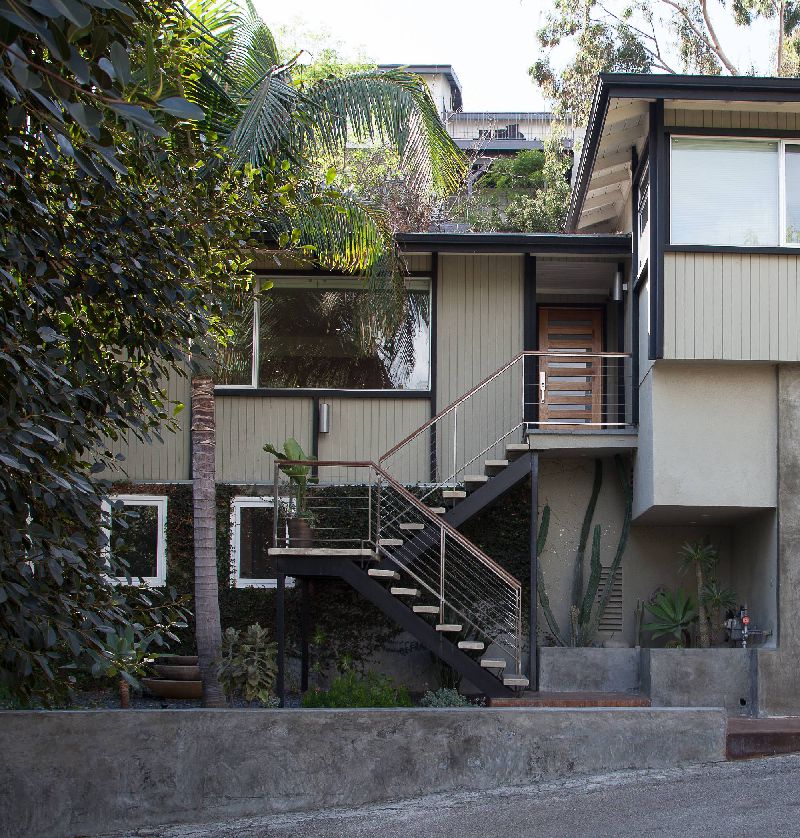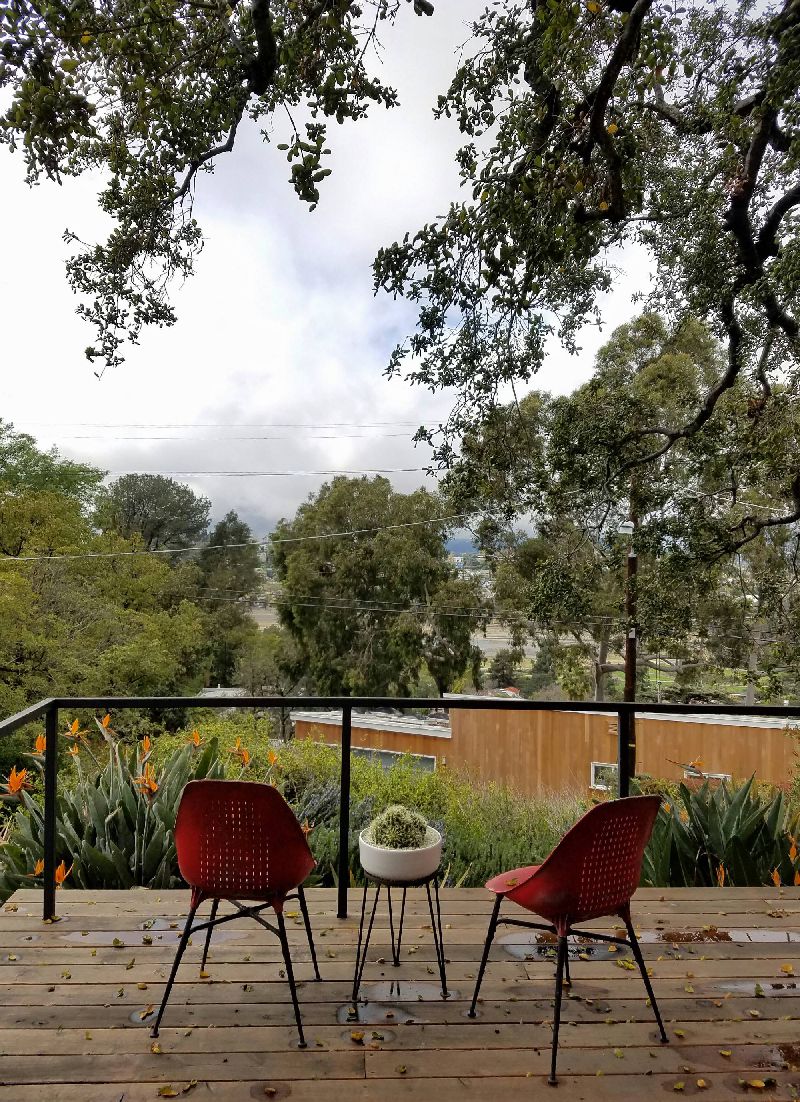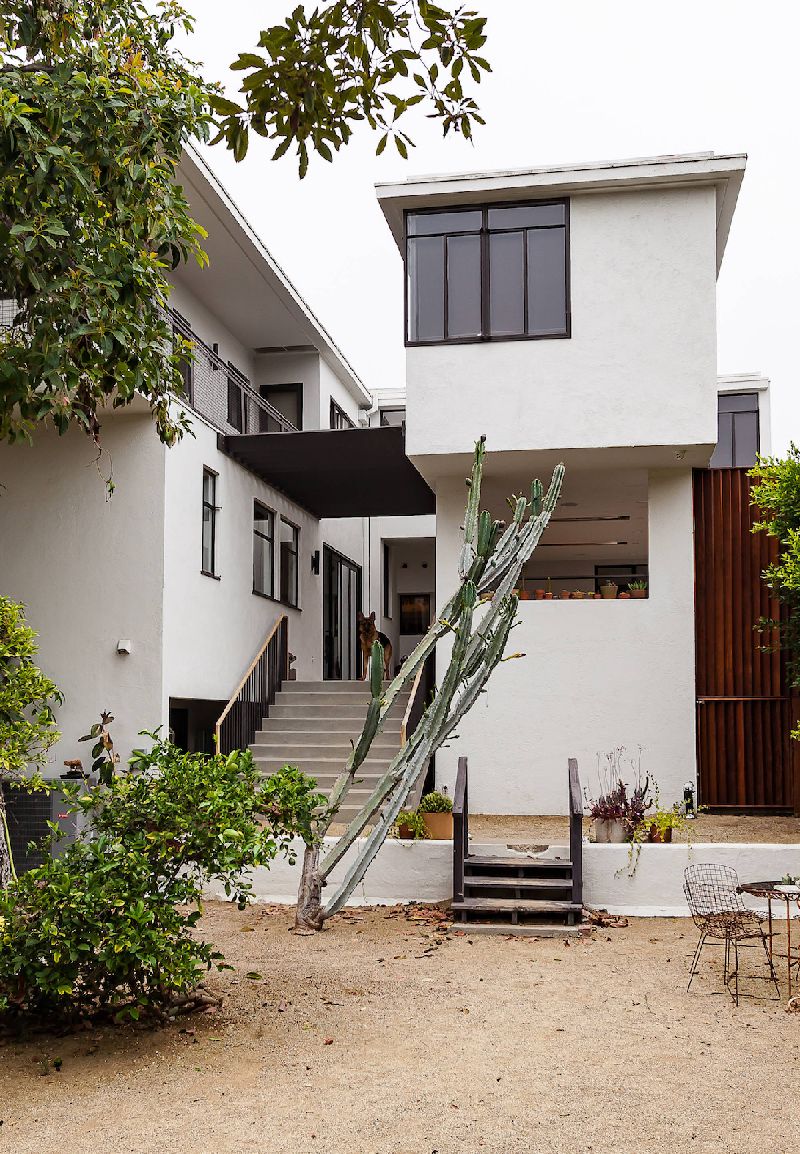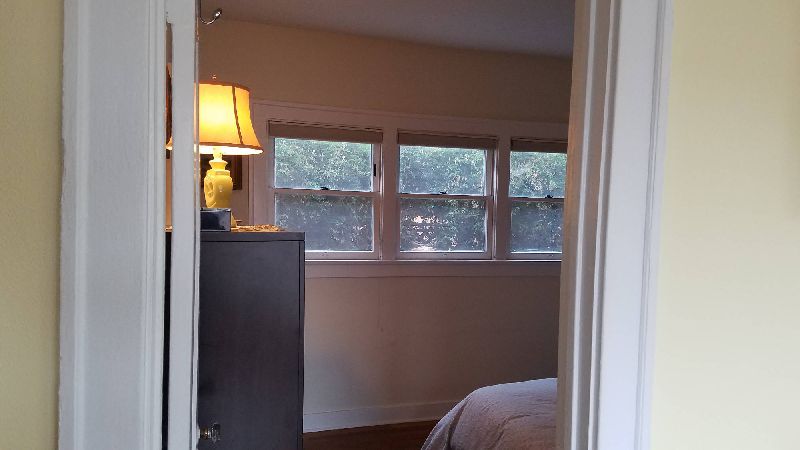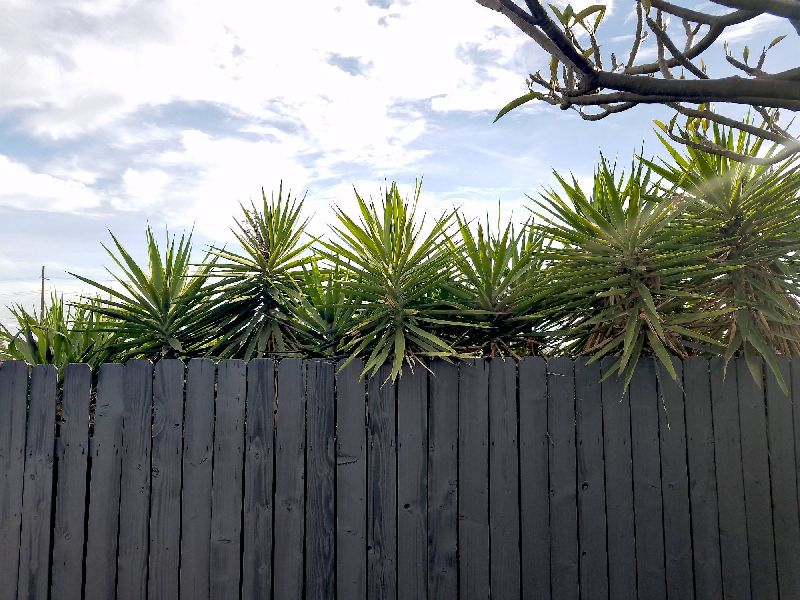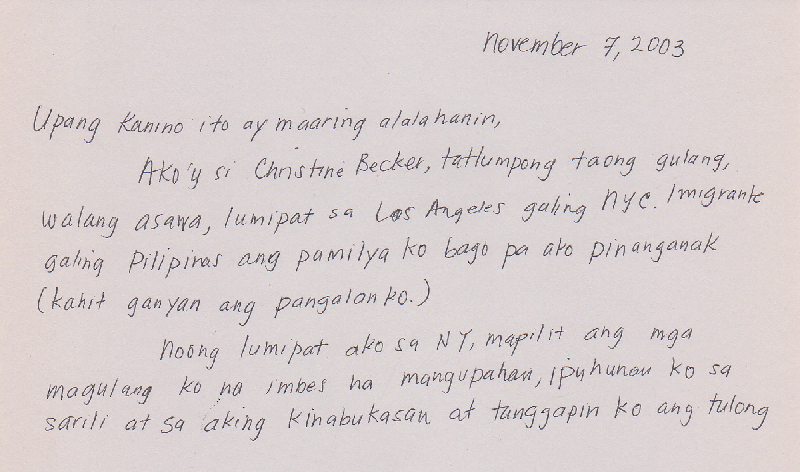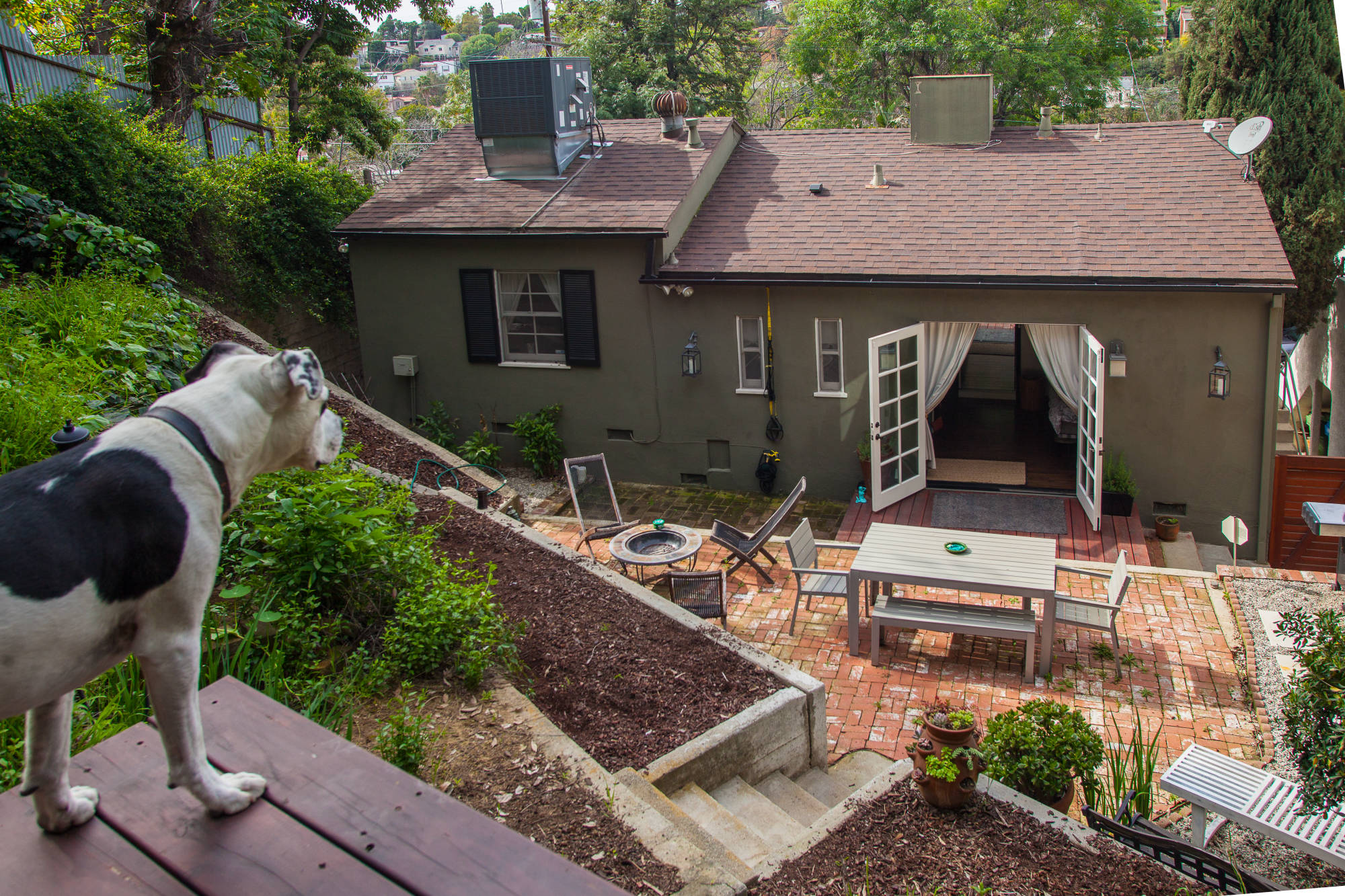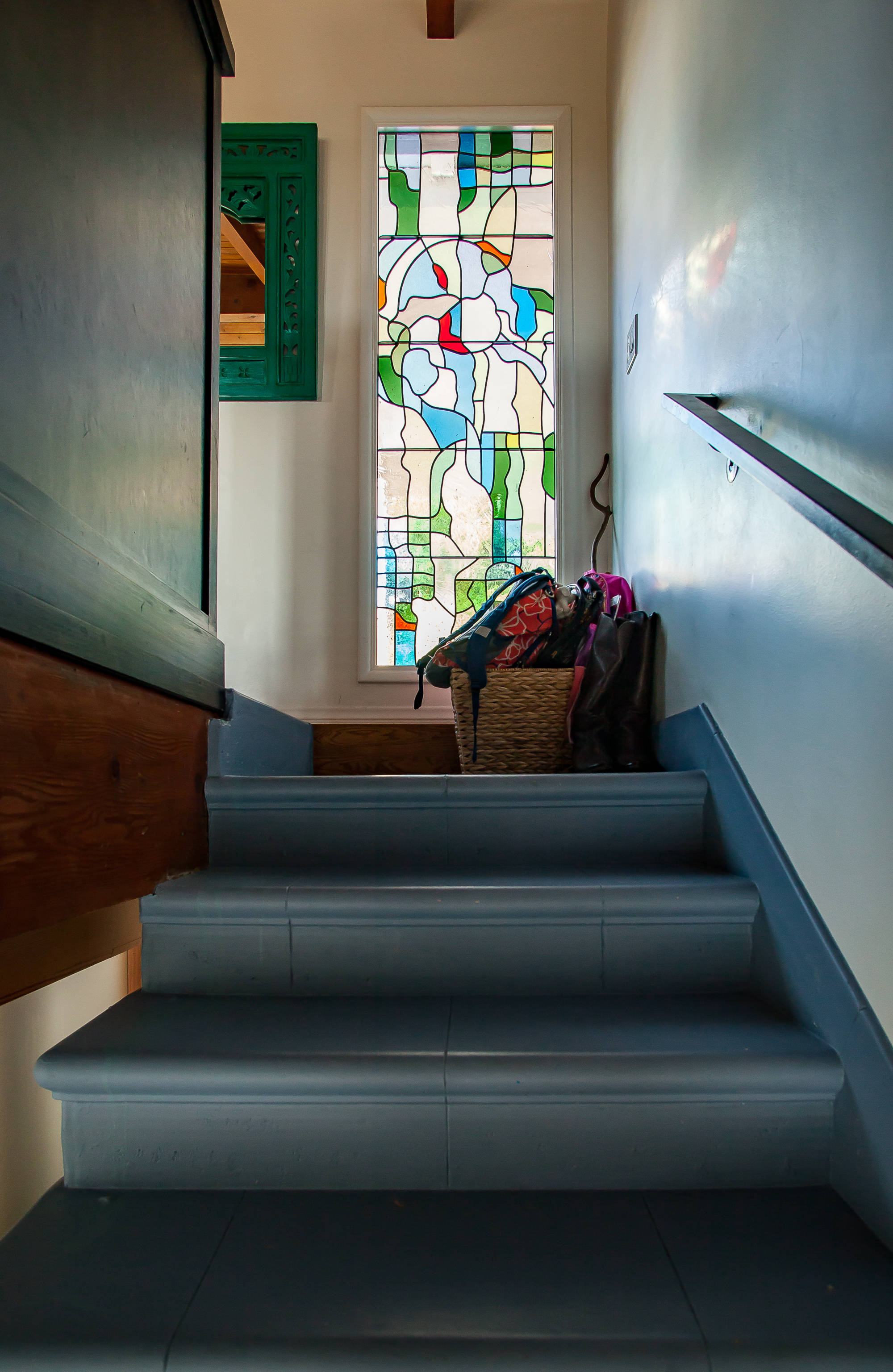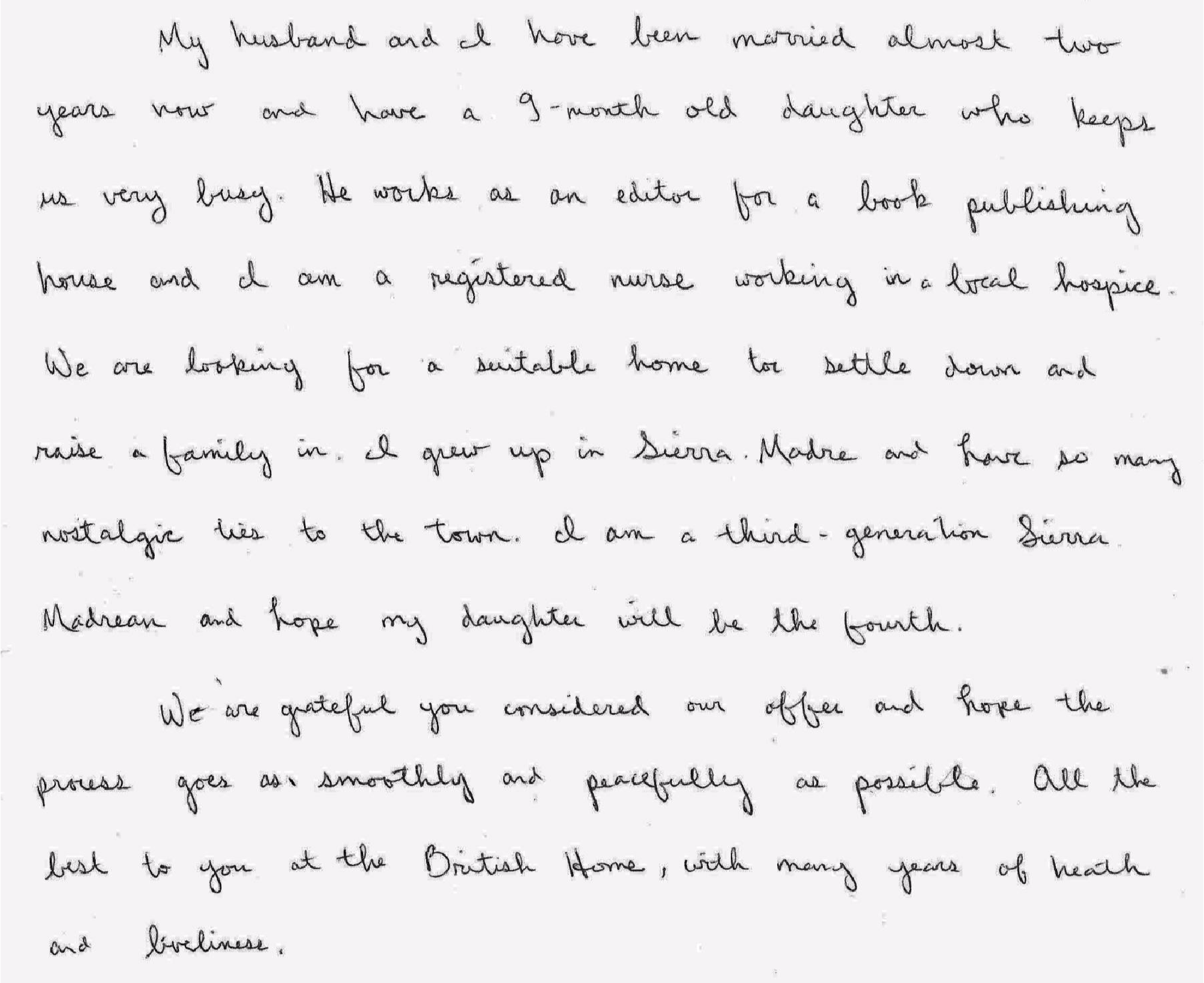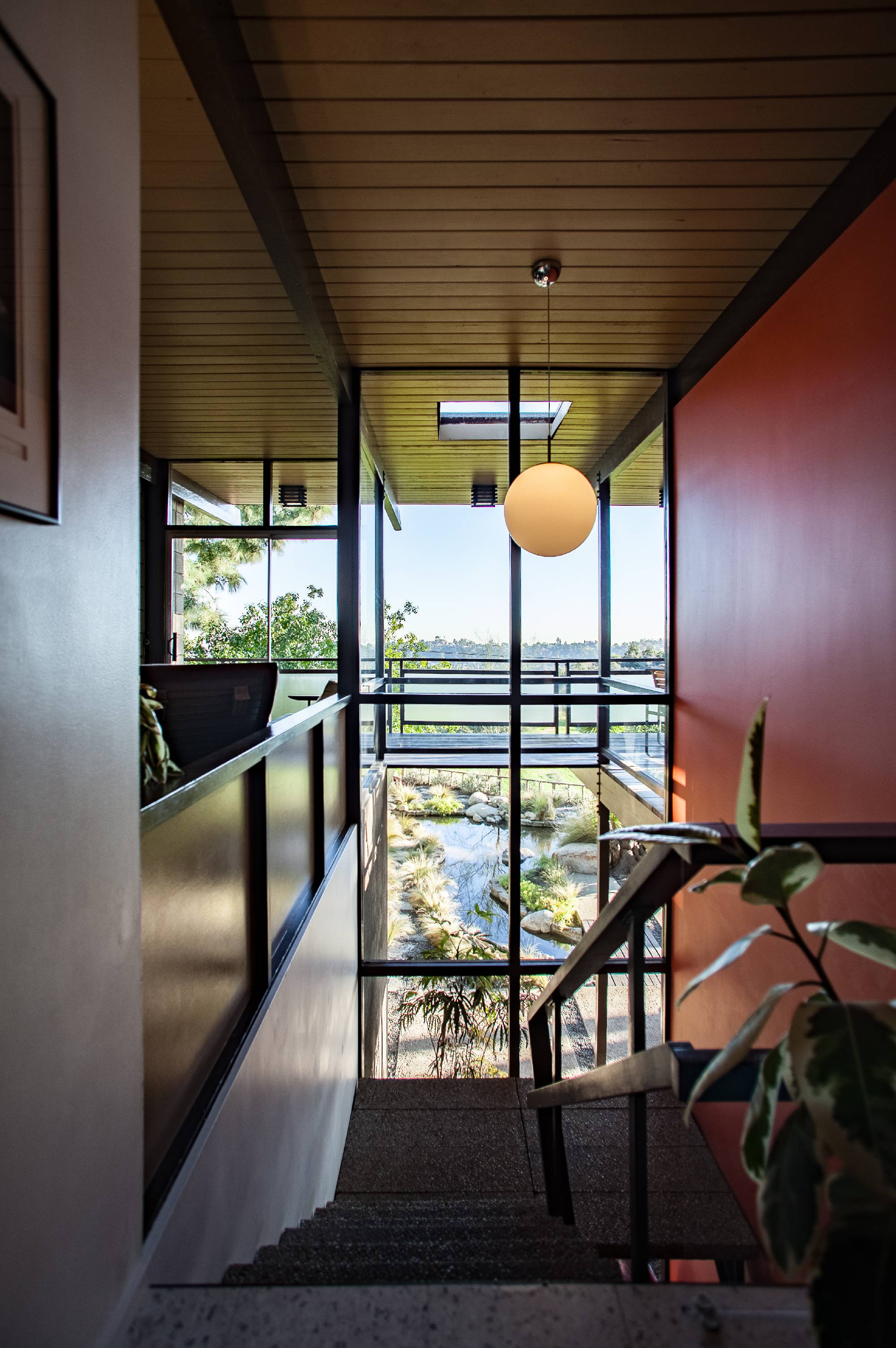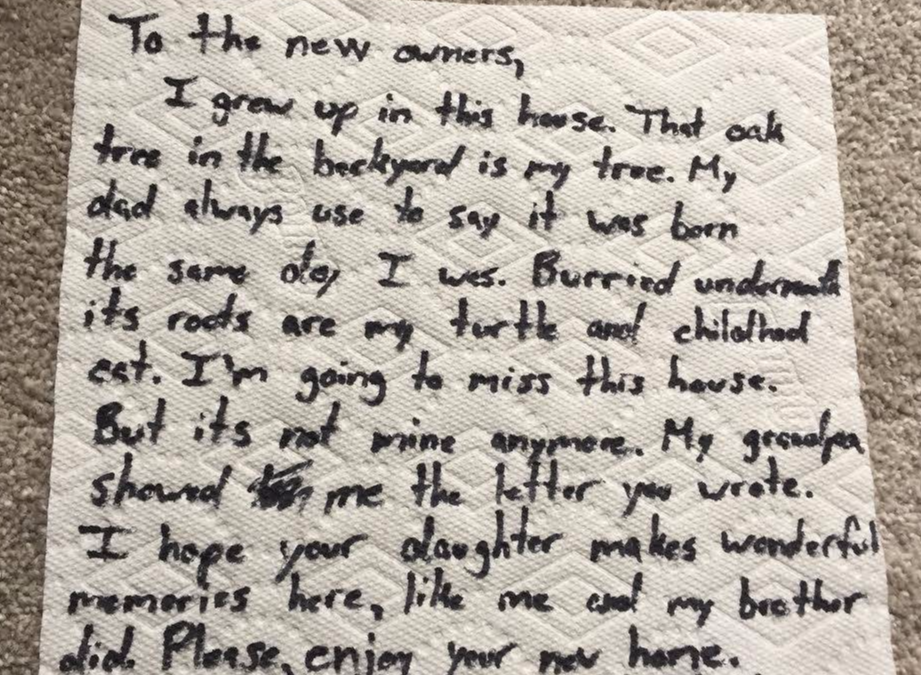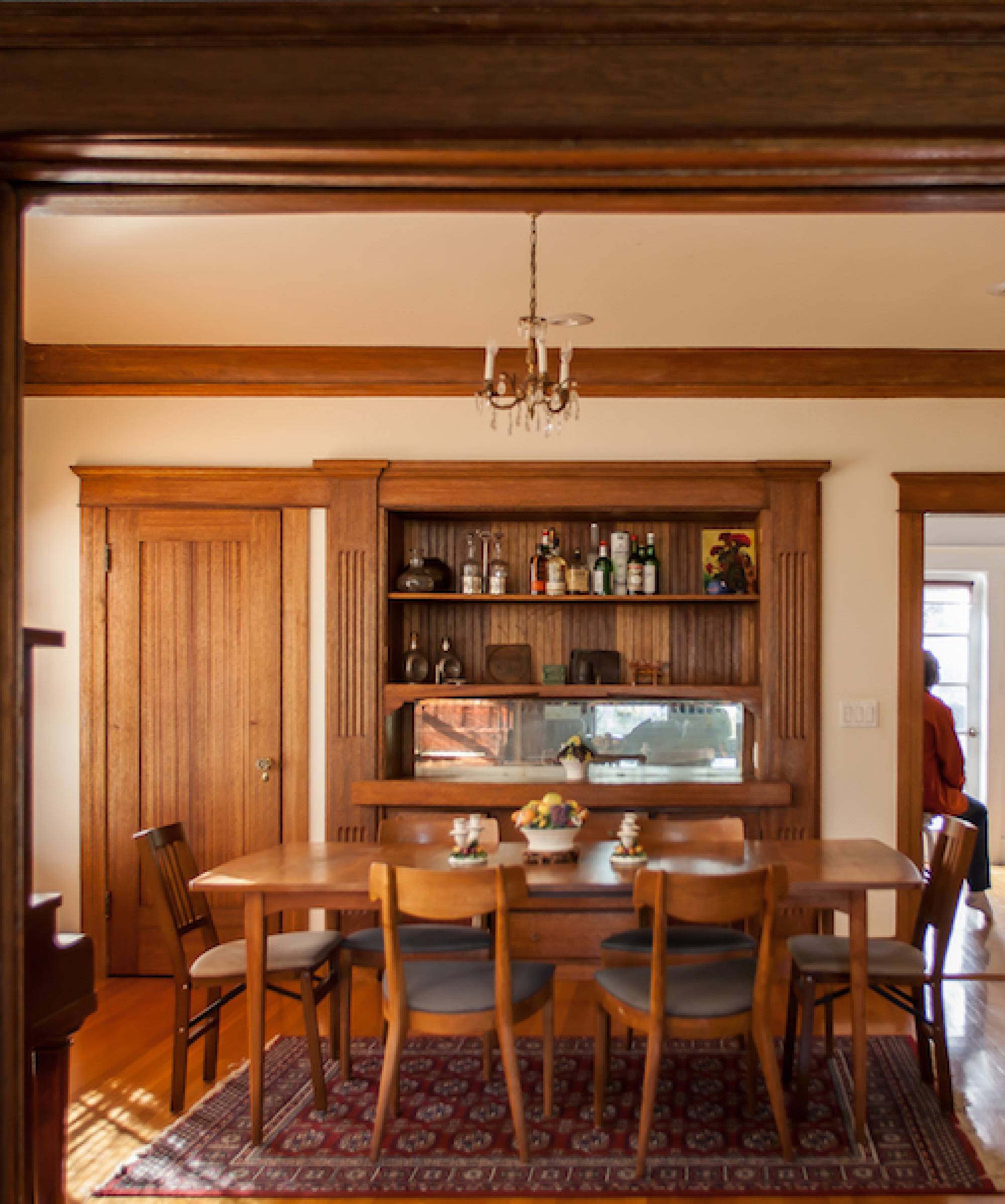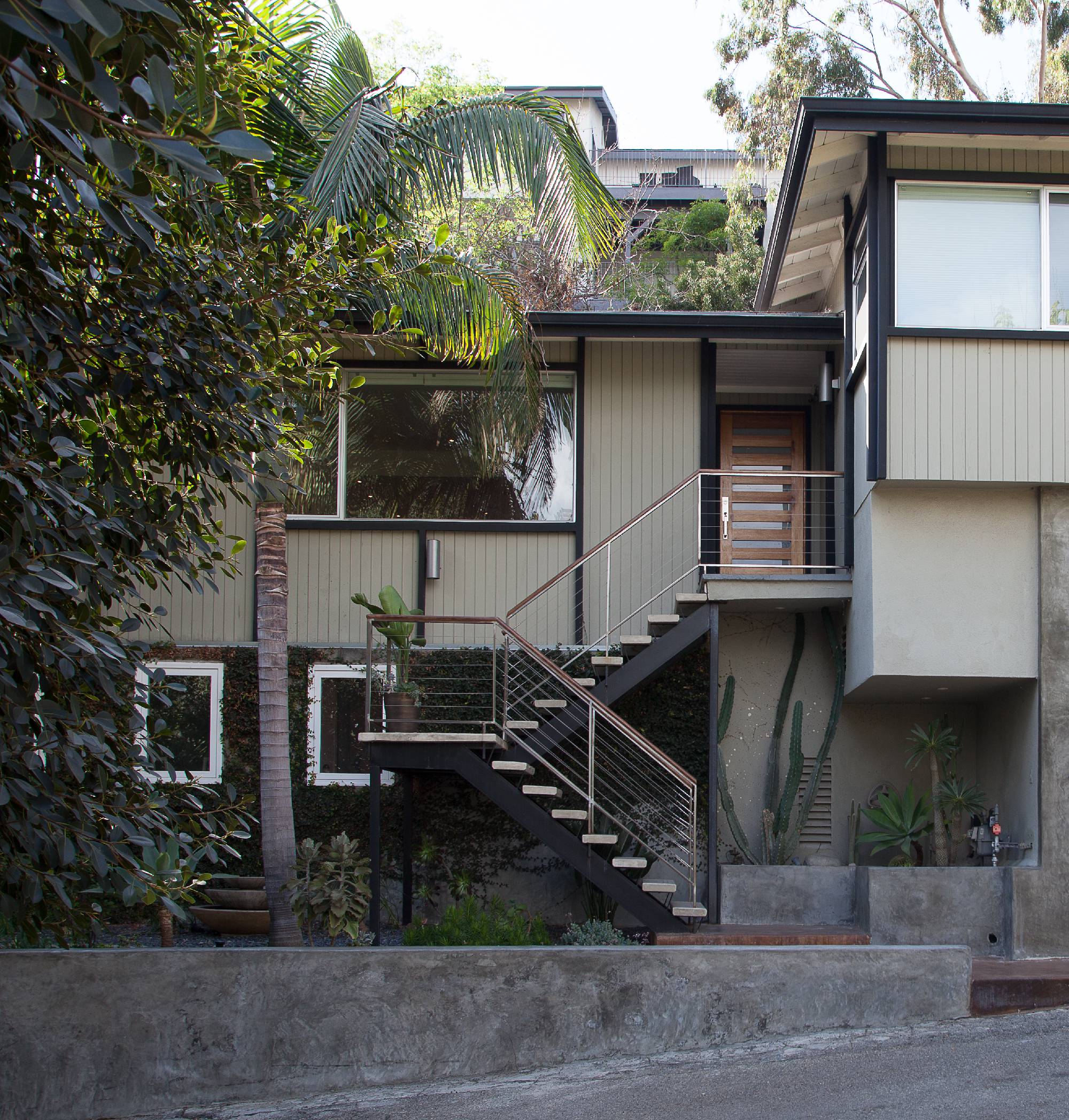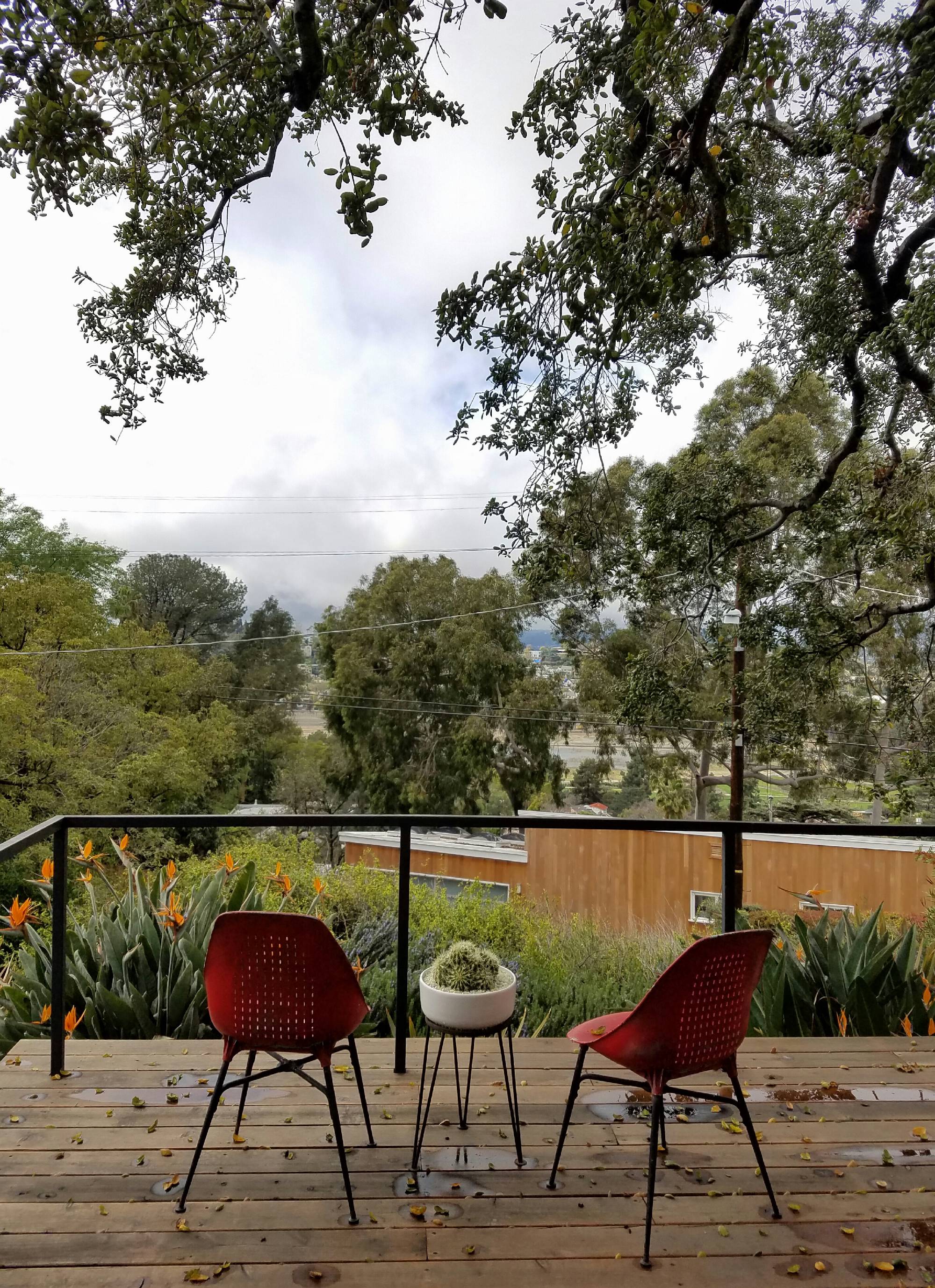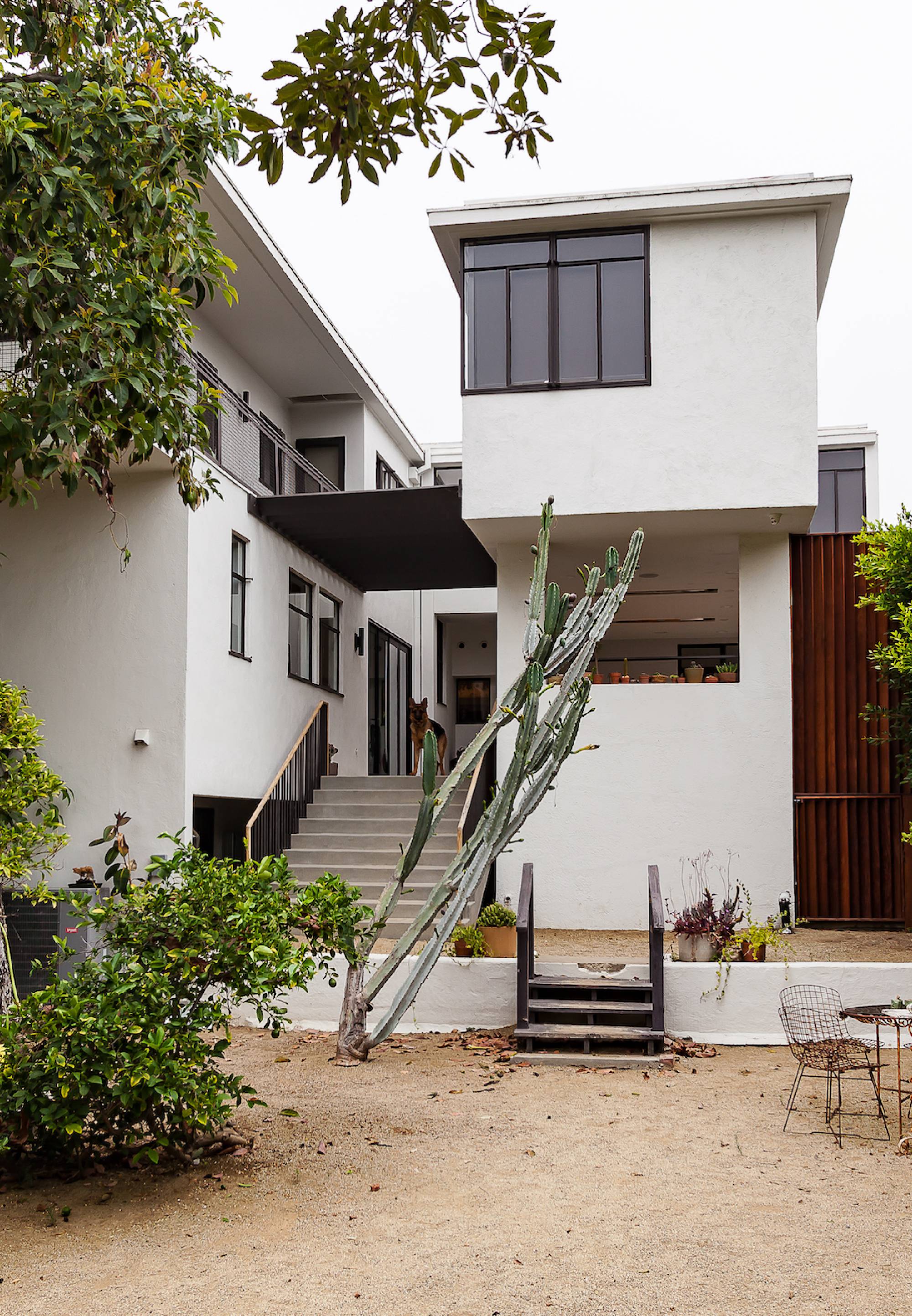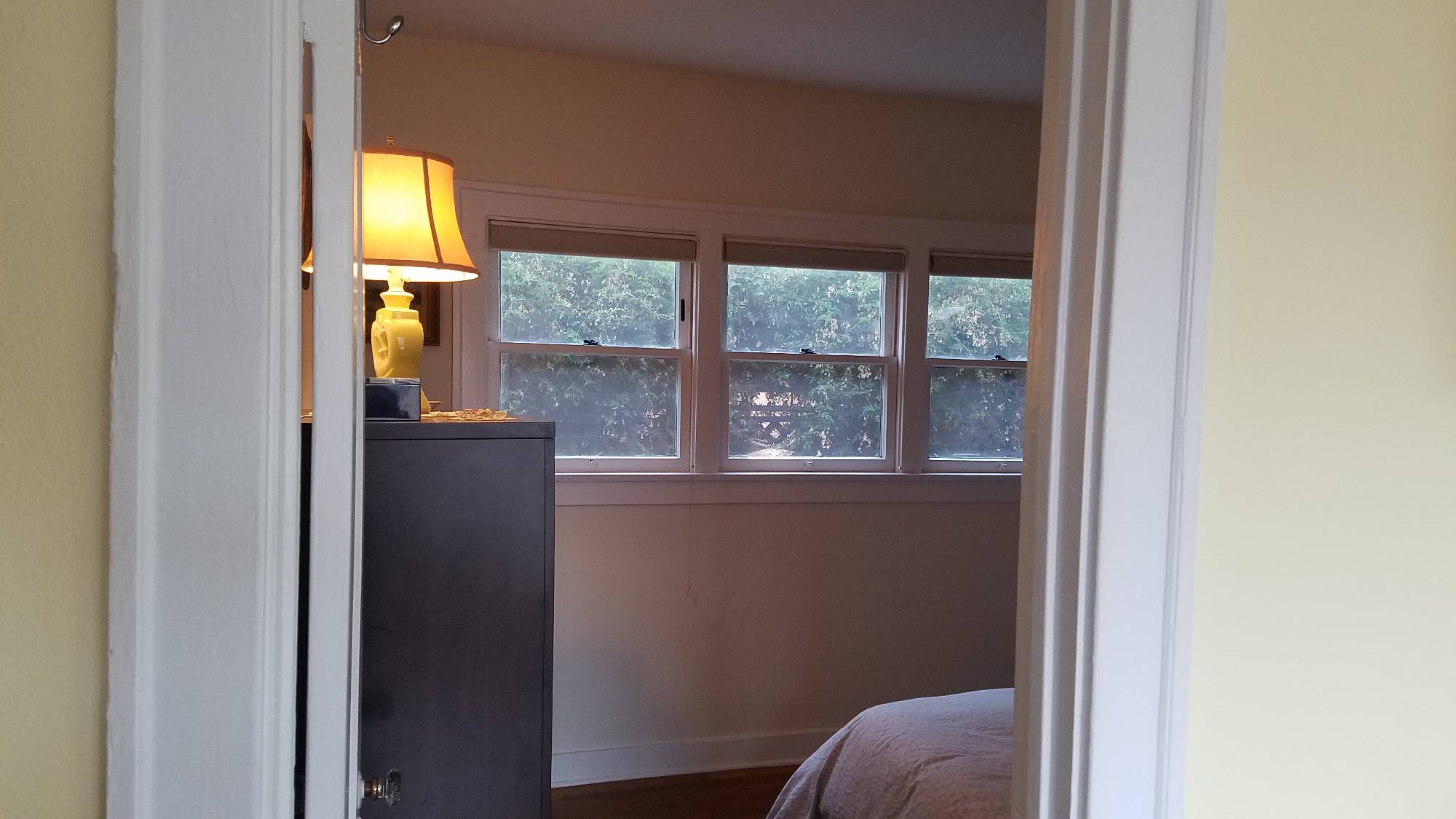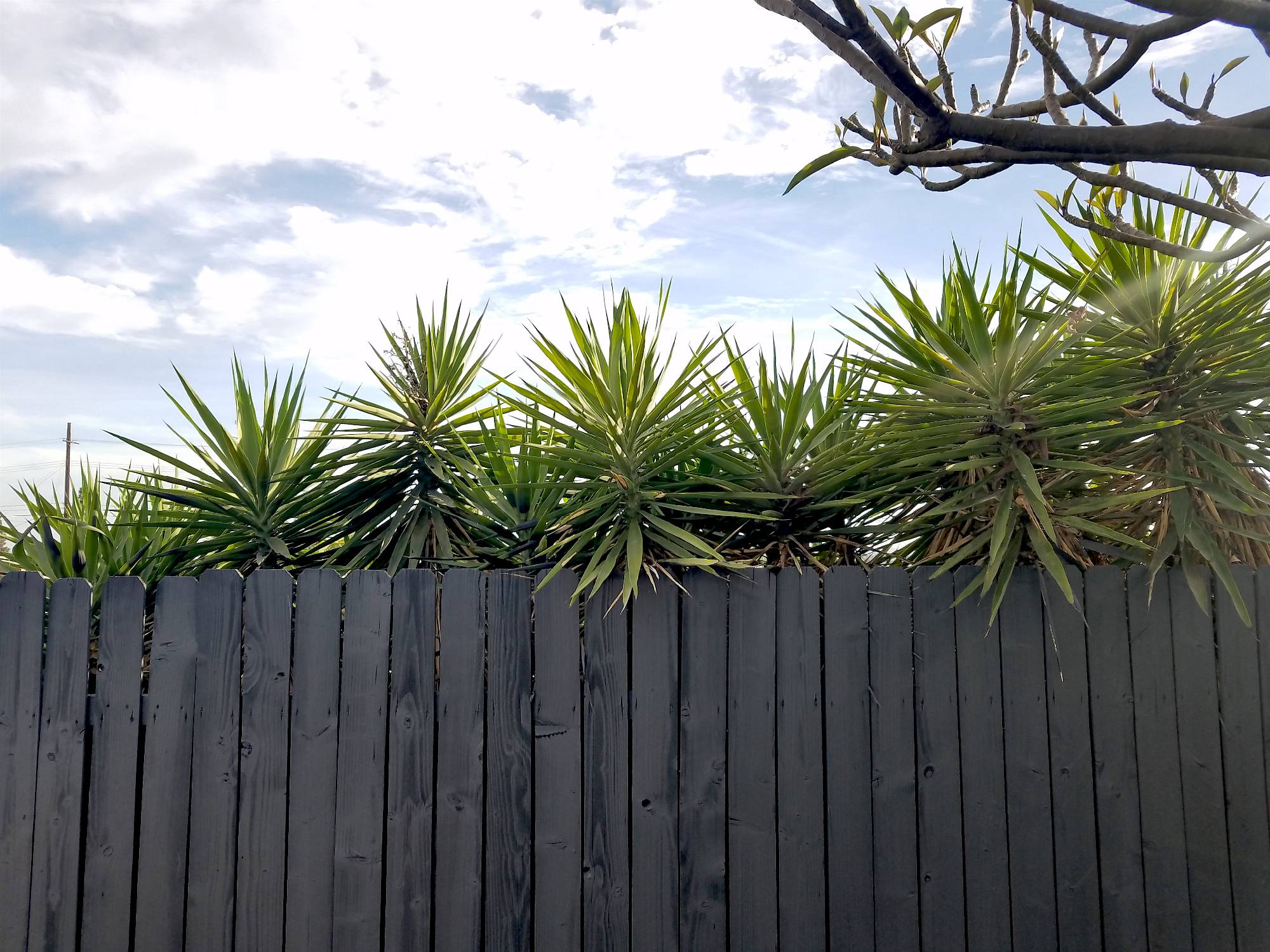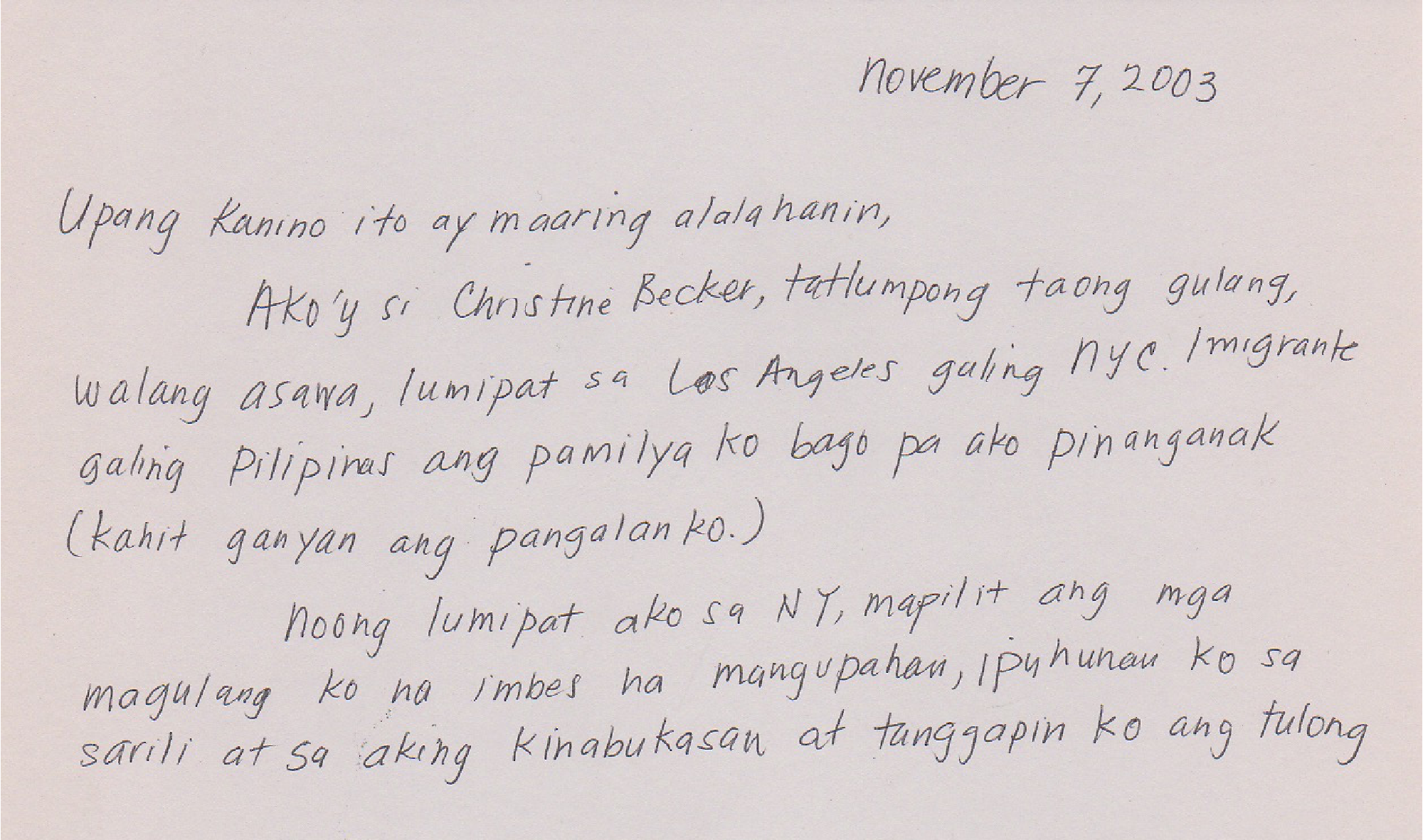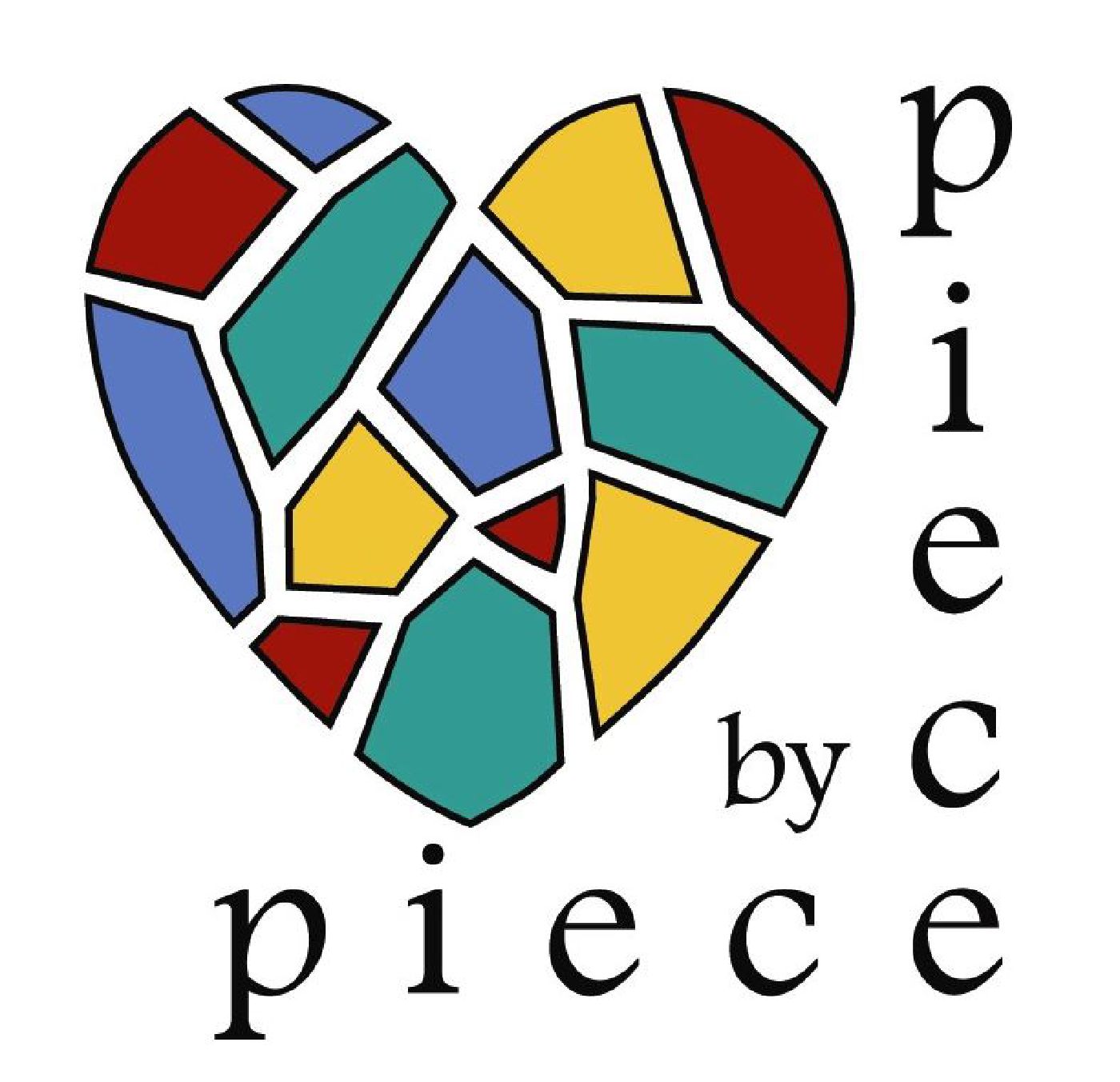"Where else but L.A. would real estate solicit such passionate correspondence for the residential gems found in Dear Seller. The writings of the prospective consumers, coupled with the objects of their desire, provide a colorful document of those elusive domiciles that beckon beyond the palm-ringed streets in the City of Angels." —Jim Heimann, author of Los Angeles: Portrait of a City and California Crazy
Shopping for a home in Los Angeles? It’s a sellers’ market, where real estate is in high demand and no shortage of money is thrown sellers’ way. It’s competitive, it’s fierce, but it’s not always the highest bidder who comes out on top. Sometimes it’s about the human connection—between the seller and the potential buyer—and that often comes in the form of a personal offer letter.
Dear Seller: Real Estate Love Letters from Los Angeles features memorable letters by individuals who attempted to capture the hearts of home sellers with their words in order to win the bidding war for the home of their dreams. Each letter paints a portrait of its author: his or her family, background, and values, using social capital as well as actual capital in an effort to be selected. Through interviews and written accounts, you will follow these homeseekers from the moment they saw their perfect homes to what happened after they submitted their letters.
A poignant and honest exploration of the lives of everyday Angelenos who are writing from the heart, accompanied by more than 100 beautiful photographs of L.A. home architecture, this collection provides insight into the drama of finding a place to live in the city from different perspectives. These stories also reveal the allure of Los Angeles and its discontents—while offering a colorful peek at what lies beyond our neighbors’ doors.
"Eros is the invisible part of the real estate deal, and the seductions in Dear Seller: Real Estate Love Letters from Los Angeles manifest every form of it. We have the chance to listen in on the epistolary conversations—passionate, intimate, and deeply human—that pass between seekers and sellers across a city that is the geography of home for so many millions." —From the foreword by D. J. Waldie
Read an excerpt from the first story.
Contributors include Neelanjana Banerjee, Lili N. Barsha, Simone Boden, Lorena and Christopher J. De La Rosa, David Hart, Edan Lepucki, Maureen Meyer, Sarah and Shawn Michaels, and Robin Sukhadia.
Editor Teena Apeles is a native Angeleno who has written extensively about her hometown for numerous outlets, including Artbound, LAist, LA Weekly, Los Angeles Downtown News, Pasadena Weekly, and Where Los Angeles, as well as the books Geography of Rage: Remembering the Los Angeles Riots of 1992 and Bare Your Soul: The Thinking Girl’s Guide to Enlightenment.
Writer D. J. Waldie has published five books of nonfiction dealing with everyday life: Holy Land: A Suburban Memoir, Real City: Downtown Los Angeles Inside/Out, Where We Are Now: Notes from Los Angeles, Close to Home: An American Album, and No Circus. In collaboration with Diane Keaton, he provided the text for two photographic explorations of home: California Romantica and House.
Photographer Alexandra Weiss is originally from Zurich, Switzerland. She graduated from the American Film Institute with a degree in cinematography and has been working in film and video production in Los Angeles for more than a decade. Alexandra’s photography captures her appreciation for architecture and interior design.
This book is made possible in part by the Department of Cultural Affairs, City of Los Angeles, and the Center for Cultural Innovation’s Creative Economic Development Fund grant, with support from the Roy & Patricia Disney Family Foundation and the Surdna Foundation, as well as the generosity and support of friends of Narrated Objects. A percentage of the proceeds from the book will go the arts organization Piece by Piece.
